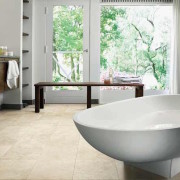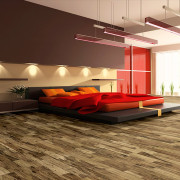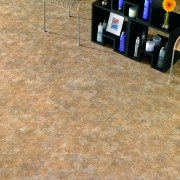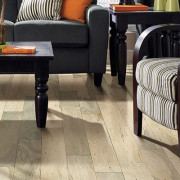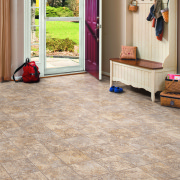Green Flooring Series: Cork Floors
An appealing and comfortable option in flooring materials is cork. It’s also sustainable, which means there is minimal damage done to the environment when you decide to invest in cork floors. In order to create a cork floor, bark needs to be harvested from the cork oak tree. When it’s done properly, the tree is not harmed at all during the process. It’s also easily renewable and the bark will grow back swiftly.
A cork floors provides an elegant and interesting surface. It is naturally anti-microbial, which is a huge benefit if you have allergies or small children crawling around on your floors. It’s also great for insulation. You’ll keep your feet warm while you’re walking through the house, even during cold winters. The cork ensures minimal heat loss and you’ll always feel comfortable barefoot on your floors. It’s a resilient floor as well. Many times, hardwood floors are easily scratched or damaged when heavy furniture is placed on them. Cork floors actually return to their original position because the material is a bit springy.
Cork absorbs noise, so you won’t have to worry about the sounds of small feet or heavy boots echoing through the house. While it might work well throughout most of the house, the bathroom and the laundry room aren’t the best places for cork floors. The material tends to absorb moisture, so you’ll want to choose something a bit more water resistant for those areas of the house. You can choose a number of finishes for your cork floors; just remember that the environmentally friendly floors will see an increase in volatile organic compounds emissions when certain finishes are applied.
This post was written by Thais Sousa. Follow Thais on Google.



